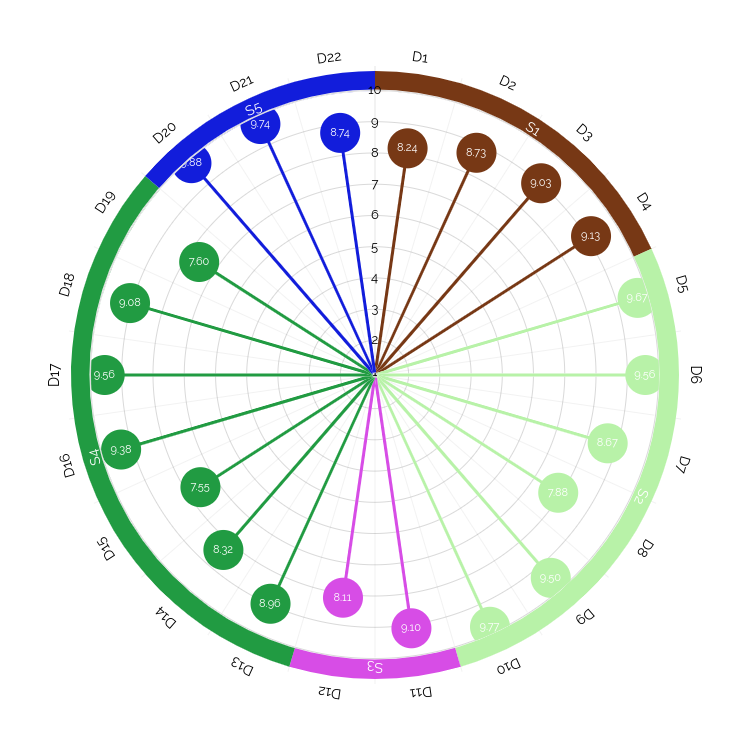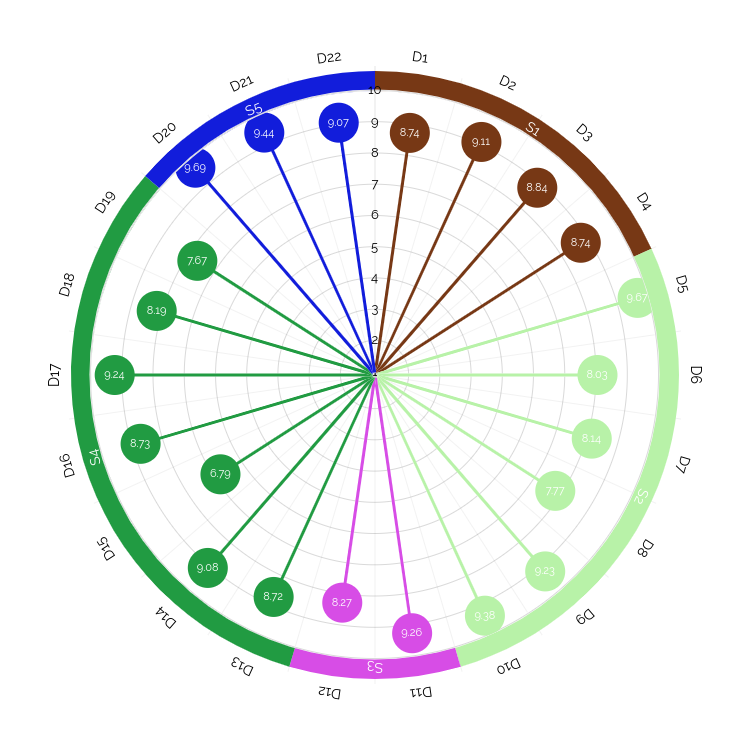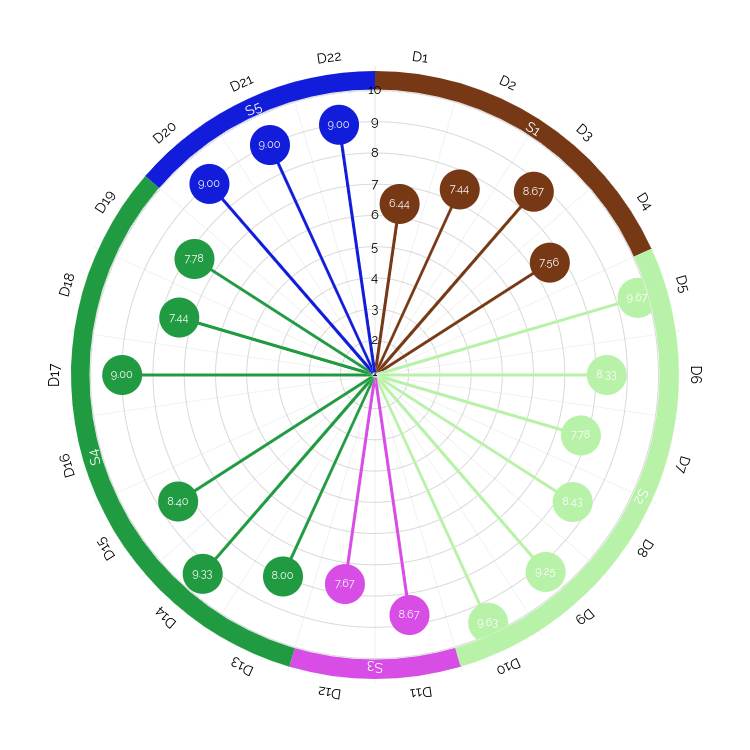AY 20/21 - Introduction to Machine Learning and Evolutionary Robotics
This page is about the courses named (actually the same course):
- Introduction to Machine Learning and Evolutionary Robotics (332MI), for master program IN20, 9 CFUs
- Apprendimento automatico ed estrazione dell’informazione dai dati (222MI), for master program IN19, 9 CFUs
- Introduction to Machine Learning (470SM), for master programs SM35 and SM34, 6 CFUs
- Machine Learning and Data Analytics (557EC), for master program EC71, 6 CFUs (part of a 9 CFUs course)
Program, goals, requirements # ↰
Detailed program # ↰
Part 1 (24h) # ↰
- Definitions of Machine Learning and Data Mining; why ML and DM are hot topics; examples of applications of ML; phases of design, development, and assessment of a ML system; terminology.
- Introduction to the software/language R; elements of data visualization.
- Supervised learning 1.
- Tree-based methods.
- Decision and regression trees: learning and prediction; role of the parameter and overfitting.
- Trees aggregation: bagging, Random Forest, boosting.
- Supervised learning system assessment: cross-fold validation; accuracy and other metrics; metrics for binary classification (FPR, FNR, EER, AUC) and ROC.
- Support Vector Machines (SVM).
- Separating hyperplane: maximal margin classifier; support vectors; learning as an optimization problem; maximal margin classifier limitations.
- Soft margin classifier: learning, role of the parameter C.
- Non linearly separable problems; kernel: brief background and main options (linear, polynomial, radial); intuition behind radial kernel; SVM,
- Multiclass classification with SVM.
- Tree-based methods.
Part 2 (24h) # ↰
- Text and natural language applications (text mining)
- Sentiment analysis; features for text mining; common pre-processing steps; topic modeling.
- Recommending systems.
- Content-based filtering; collaborative filtering.
- Assessment metrics: precision, recall, accuracy@K, diversity, serendipity.
- Evolutionary Computation (EC).
- High-level working scheme of an Evolutionary Algorithm (EA); terminology.
- Generational model; selection criteria; exploration/exploitation trade-off; genetic operators with examples; fitness function; multi-objective optimization and Pareto dominance; debugging of an evolutionary search; EA issues (diversity, variational inheritance, expressiveness); fitness landscape.
- Examples of common EAs: GA, GP, GE.
Part 3 (24h) # ↰
- Supervised learning 2.
- The Bayes classifier.
- The K-nearest neighbors classifier.
- Unupervised learning.
- Dimensionality reduction methods: principal component analysis; biplot.
- Cluster analysis: hierarchical methods, partitional methods (k-means algorithm).
- Evolutionary Robotics
- Brief foundations of Artificial Neural Networks and EC
- EA for neuroevolution
- Significant examples
- Evolution of Soft Robots morphologies (body)
- Evolution of robotic agents controllers (brain)
- Simultaneous evolution of body and brain
- Simulation: tools and benchmark tasks
- Brief foundations of Artificial Neural Networks and EC
Goal of the course # ↰
Knowledge and understanding # ↰
- Know main kinds of problems which can be tackled with ML and those ones concerning text and natural language and recommendation
- Know main ML and DM techniques. Know design, development, and assessment phases of a ML system; know main assessment metrics and procedures suitable for a ML system.
- Know main kinds of problems which can be tackled with EC and ANN.
- Know general working schemes of most common EAs.
- Know design, development, and assessment phases of a EC-based system in the field of robotics.
Applying knowledge and understanding # ↰
- Formulate a formal problem statement for simple practical problems in order to tackle them with ML, DM, or EC/ER techniques.
- Develop simple end-to-end ML systems.
- Experimentally assess a simple end-to-end ML or EC/ER system.
Making judgements # ↰
- Judge the technical soundness of a ML or EC/ER system.
- Judge the technical soundness of the assessment of a ML or EC/ER system.
Communication skills # ↰
- Describe, both in written and oral form, the motivations behind choices in the design, development, and assessment of a ML or EC/ER system, possibly exploiting simple plots.
Learning skills # ↰
- Retrieve information from scientific publications about ML or EC/ER techniques not explicitly presented in this course.
Requirements # ↰
Basics of statistics: basic graphical tools of data exploration; summary measures of variable distribution (mean, variance, quantiles); fundamentals of probability and of univariate and multivariate distribution of random variables; basics of linear regression analysis.
Basics of linear algebra: vectors, matrices, matrix operations; diagonalization and decomposition in singular values.
Basics of programming and data structures: algorithm, data types, loops, recursion, parallel execution, tree.
Method, language, material # ↰
Language of teaching # ↰
English
Teaching method # ↰
Frontal lessons with blackboard and slide projection; exercises, under teacher supervision, in dealing with simple problems with ML techniques.
Course material # ↰
Teacher slides and lab sketches # ↰
All the material is available here:
- Teacher slides, full pack for first and second part, full pack for third part.
- Annotated slides; will be provided after the lectures.
- Sketches for how to do the lab activieties, in the form of R notebooks; please, fully enjoy the lab activity by not looking at these sketches too early.
Suggested textbooks # ↰
- Kenneth A. De Jong. Evolutionary computation: a unified approach. MIT press, 2006
- Gareth James, Daniela Witten, Trevor Hastie and Robert Tibshirani. An Introduction to Statistical Learning, with applications in R. Springer, Berlin: Springer Series in Statistics, 2014.
Lectures timetable and course calendar # ↰
The course will start on October, 6th. Lectures will be held in online (Tuesday and Thursday) or in Classroom 3B, H3 building, in Piazzale Europa campus (Wednesday).
End-of-course test (exam) # ↰
Important note # ↰
Due to the Covid19 circumstances, the written test might be replaced by an oral interview. Interviews will be done on the MS Teams platform of UniTs or, in case of problems with the latter, with another similar tool (e.g., Google Meet). Precise instructions will be given to the students registered for each exam date after the registration deadline and before the exam. Students who want to listen to others students’ interviews, but are not registered, should ask authorization to the teacher.
The exam consists of a project and a written test. The final grade is the average of the two grades: the exam is considered failed if at least one of the two grades is <18. Student must register for the exam session of their interest using the online sistem (esse3). Note that there are deadlines for registration (usually 1 week before the session date).
Final project # ↰
The student chooses a problem among a closed, teacher-defined set of problems and proposes a solution based on ML, DM, or EC techniques. The expected outcome is a written document (few pages) including: the problem statement; one or more performance indexes able to capture any solution ability to solve the problem; a description of the proposed solution from the algorithmic point of view; the results and a discussion about the experimental assessment of the solution with, if applicable, information about used data. Student may form groups for the project: in this case, the document must show, for each student of the group, which activities the student took part in. The project is evaluated according to clarity (≈50%), technical soundness (≈33%), and results (≈17%).
The project assignment is here.
Written test # ↰
Questions on theory and application with short open answers.
Results of assessment by students # ↰



Questions # ↰
(In Italian)
- Le conoscenze preliminari possedute sono risultate sufficienti per la comprensione degli argomenti previsti nel programma d’esame?
- Il carico di studio dell’insegnamento è proporzionato ai crediti assegnati?
- Il materiale didattico (indicato e disponibile) è adeguato per lo studio della materia?
- Le modalità di esame sono state definite in modo chiaro?
- Gli orari di svolgimento di lezioni, esercitazioni e altre eventuali attività didattiche sono rispettati?
- Il docente stimola/motiva l’interesse verso la disciplina?
- Il docente espone gli argomenti in modo chiaro?
- Le attività didattiche integrative (esercitazioni, tutorati,laboratori, etc…), se previste, sono utili all’apprendimento della materia?
- L’insegnamento è stato svolto in maniera coerente con quanto dichiarato sul sito web del corso di studio?
- Il docente è reperibile per chiarimenti e spiegazioni?
- È interessato/a agli argomenti trattati nell’insegnamento?
- È complessivamente soddisfatto di come è stato svolto questo insegnamento?
- Le apparecchiature (computer, tablet, smartphone) e la connessione internet a tua disposizione ti hanno permesso di fruire in modo soddisfacente (audio, video, interattività) delle attività dell’insegnamento erogate con la DAD?
- Ritieni che gli strumenti per la didattica a distanza utilizzati dal docente siano stati fruibili: TEAMS
- Ritieni che gli strumenti per la didattica a distanza utilizzati dal docente siano stati fruibili: Moodle
- Ritieni che gli strumenti per la didattica a distanza utilizzati dal docente siano stati fruibili: Altre piattaforme didattiche (Classroom, Impari, altre)
- Hai usufruito delle registrazioni delle lezioni? Se sì, ritieni fruibili le registrazioni delle lezioni di questo insegnamento, indipendentemente dalla piattaforma?
- La modalità didattica a distanza ti ha permesso di studiare in autonomia?
- La modalità DAD utilizzata per questo insegnamento ti ha permesso di mantenere la concentrazione per tutta la durata della lezione?
- Durante il periodo di svolgimento delle lezioni il docente ha garantito la possibilità di interazione con gli studenti?
- Il docente ha adeguato il materiale didattico alle specificità della didattica a distanza?
- Sei COMPLESSIVAMENTE soddisfatto di come si è svolta la DAD per questo insegnamento?